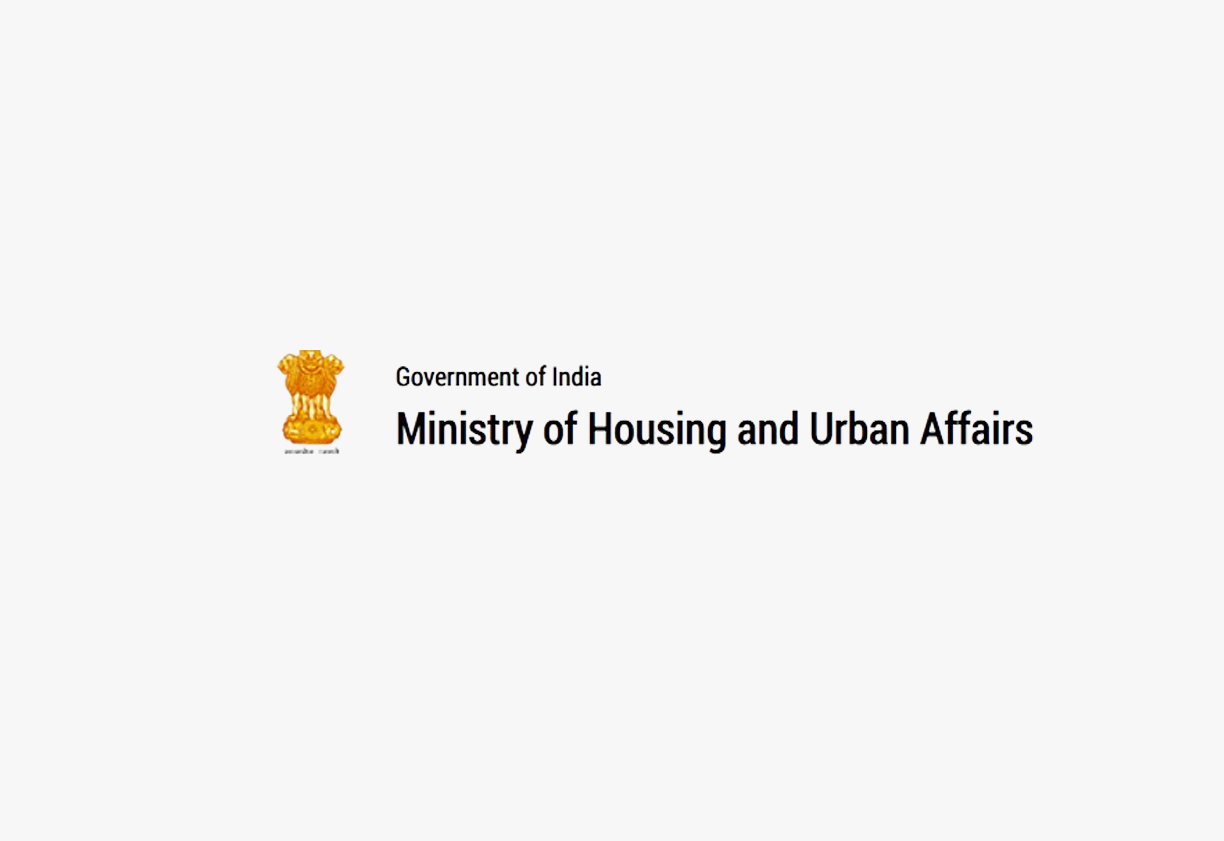Ministry of Housing and Urban Affairs
The Requisitioning and Acquisition of Immovable Property Act, 1952, provides a legal framework for the requisitioning and acquisition of immovable property by the Central Government for public purposes, outlining procedures for compensation and dispute resolution.
1: Act Background and Ministry Under Which This Act Is:
The Requisitioning and Acquisition of Immovable Property Act, 1952, was enacted to provide a legal framework for the requisitioning and acquisition of immovable property by the Central Government for public purposes. This act aims to balance the need for public infrastructure with the rights of property owners. The act falls under the administrative purview of the Ministry of Housing and Urban Affairs, which oversees matters related to land acquisition and urban development. The ministry plays a crucial role in ensuring the proper acquisition of land for public purposes.
2: Enactment Date, Number of Chapters, Number of Sections:
The Requisitioning and Acquisition of Immovable Property Act, 1952, was enacted on 14th March, 1952, and is known as Act No. 30 of 1952. The act does not have formal chapters, but is structured into 26 main sections. These sections cover various aspects such as definitions, powers of requisition and acquisition, procedures for compensation, dispute resolution, and miscellaneous provisions. The act has been amended over time to reflect changing requirements.
3: Act Governed By:
The Requisitioning and Acquisition of Immovable Property Act is governed by the Central Government, which has the power to make rules and regulations under the Act. The act also provides for the appointment of a competent authority to oversee the requisitioning and acquisition process, as well as an arbitrator to determine compensation. The act is governed by the provisions outlined within it, as well as rules and regulations framed by the Central government. It is therefore a combination of central authority with a judicial process.
4: On Whom It Is Applicable:
The provisions of The Requisitioning and Acquisition of Immovable Property Act are applicable to the Central Government, competent authorities, arbitrators, and all persons and entities involved in the requisitioning and acquisition of immovable property for public purposes. The act ensures that all actions and activities are in accordance with the regulations outlined, as well as the Act’s mandate and guiding principles. The general public are indirect beneficiaries of the Act’s provisions. The act’s focus is to facilitate land acquisition for public purposes.
5: Penalties/Punishments:
The act prescribes penalties for specific offenses:
-
Obstruction or Non-Compliance: Obstructing the competent authority or failing to comply with orders can lead to fines.
-
Non-Disclosure of Information: Withholding information or providing false information attracts penalties. The act emphasizes compliance through penalties.
6: Important Pointers:
-
Requisitioning Power: The act empowers the Central Government to requisition immovable property for public purposes.
-
Acquisition Power: It also provides for the acquisition of requisitioned property.
-
Competent Authority: It establishes the office of a competent authority to oversee the process.
-
Arbitration: It provides for arbitration to determine compensation when an agreement cannot be reached.
-
Appeals: It outlines the procedures for appeals against orders of requisitioning and awards for compensation.
-
Rule-Making Power: It empowers the Central Government to make rules for carrying out the purposes of the act.
-
Protection for Actions: The act protects those who act in good faith and take measures according to its provisions. The act outlines clear definitions and procedures to handle property acquisition.
7: Act Copy:




